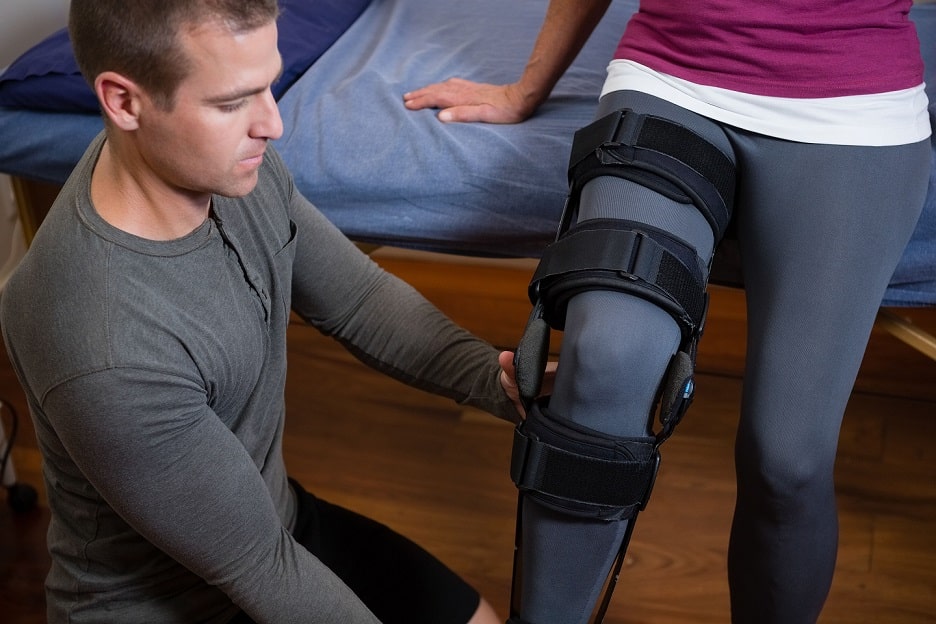 It’s a big phrase, I know! But what does it mean? Well actually it’s quite a common thing in claims for personal injury, and it’s sometimes a method insurers use to save themselves a bit of cash they payout to the client! But sometimes, it can be warranted; so here’s a little explanation of what it means
It’s a big phrase, I know! But what does it mean? Well actually it’s quite a common thing in claims for personal injury, and it’s sometimes a method insurers use to save themselves a bit of cash they payout to the client! But sometimes, it can be warranted; so here’s a little explanation of what it means
What it Means
By definition, this is when the defendant (the person or company responsible for the accident) accepts that they are responsible for an accident, but alleges that the claimant (the person injured – the people we fight for!) was partly to blame for the accident or for their injuries. Usually it is made through their insurers or solicitors.
A primary example is perhaps an accident at work. Let’s say Joe Bloggs has an accident at work. A cranes arm was defective and a piece of equipment fell and hit Mr Bloggs on the head – luckily the object didn’t weight too much so he wasn’t too seriously injured! But at the time he was not wearing his protective helmet, which is a requirement with the company when on the building site he works on. So his injuries were worse because of it. Well, the company is still at fault due to their crane being defective – let’s say it wasn’t maintained properly enough – but Joe suffered worse injuries because he wasn’t wearing his helmet. The company accept liability, but due to Joe not wearing a helmet he was found to have contributed to his injuries as they were worse. Contributory negligence can be found here.
What happens is that he is still paid out in compensation, but a % (let’s say 20% here) is reduced from his compensation because he wasn’t wearing a helmet; a requirement with his company. So, if his overall reward for compensation is set at £5000, he will receive £4000 – £1000 less due to the 20% reduction for his contributory negligence.
In this quick example, it can be said that it is the case that it is fair. But as mentioned above, insurers do on occasions allege it to try and save themselves some money! We as specialist personal injury lawyers fight hard to try and make sure the claimant gets 100% of the compensation they deserve! So in cases where we believe the contributory negligence is not warranted, or the amount is set to high (which is often the case!), we extensively research past case law and use our wealth of experience and knowledge to fight hard to get the claimant as much as we can!
A big example is of a recent case of Stanton v Collinson [2010]. The Court of Appeal recently upheld a Judge’s decision to not find a teenage car accident victim contributory negligent in failing to wear a seatbelt (http://www.bailii.org/cases)
Mr William Stanton suffered serious brain damage following a car accident in which he was a passenger, when the driver Matthew Collinson hit an oncoming vehicle whilst doing more than double the 30mph speed limit, and had been drinking (although was found just within the legal limit). Matthew Collinson was also not wearing a seatbelt and was killed instantly. It was also heard that another passenger at the time was sitting on Mr Stanton’s knee when the accident occurred.
According to the source, The Judge first considered the case of Froom v Butcher which concluded no reduction should apply. The reasoning came from the fact that wearing a seatbelt would have been unlikely to have sufficiently reduced the extent of the brain damage sustained. The Judge commented that “in the absence of something exceptional, there should be no reduction in damages in cases where the injury would not have been reduced ‘to a considerable extent’ by the seat belt”
Of course it is always best to have the expert personal injury lawyers representing you for your case! Make sure that you get a specialist, independent lawyer who can maximise the potential in your claim; and fight your corner when it comes to contributory negligence or any other disputes!

 It’s a big phrase, I know! But what does it mean? Well actually it’s quite a common thing in claims for personal injury, and it’s sometimes a method insurers use to save themselves a bit of cash they payout to the client! But sometimes, it can be warranted; so here’s a little explanation of what it means
It’s a big phrase, I know! But what does it mean? Well actually it’s quite a common thing in claims for personal injury, and it’s sometimes a method insurers use to save themselves a bit of cash they payout to the client! But sometimes, it can be warranted; so here’s a little explanation of what it means









